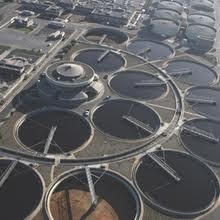The mass deployment of 3G networks has accelerated the adoption of smart devices, conditioning users to access wireless data services on a daily basis. The growing strain on current 3G networks due to increased mobile traffic has driven operators to start deploying 4G networks in order to cope with future demand. As a result, LTE has emerged as the prime candidate for 4G networks, prompting mass commitment and adoption on a global level. Visiongain has calculated that $10.84bn will be spent on LTE infrastructure in 2012.The number of LTE subscribers is set for dynamic growth in the next five years, as operators build and trial LTE in order to cope with the increasing amounts of data traffic on their networks. The successful launch of a number of LTE networks in the US, Asia and Europe is driving ever greater adoption of 4G services. A wide range of mobile services will be enabled by the deployment of LTE, including streaming video-on-demand, video conferencing, high quality VoIP, high-speed upload of user-generated content, consistent low-latency online gaming, paid dynamic content such as e-newspapers and e-magazines, video-based mobile advertising, on-demand music download and storage, application sharing and cloud-based services
To Know More : LTE Ecosystem
To Know More : LTE Ecosystem






